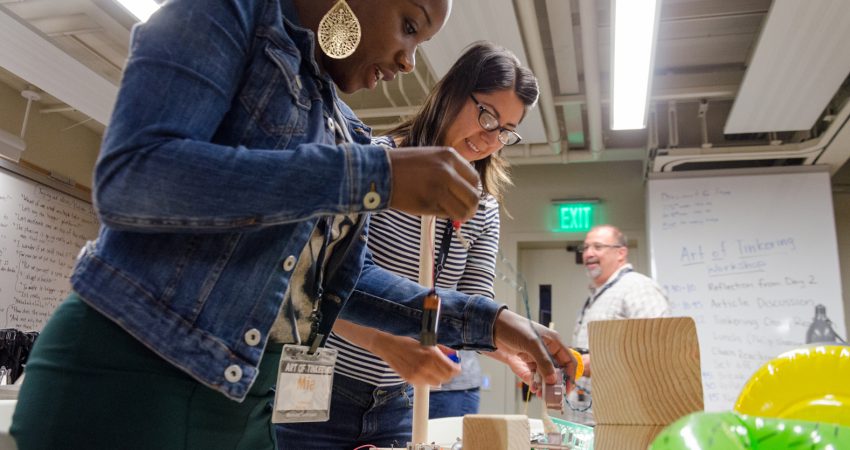
By Catarina Filipe Correia - August 2015
PAPER CITATION
Marchand, G. C., & Taasoobshirazi, G. (2013). Stereotype threat and women's performance in physics. International Journal of Science Education, 35(18), 3050–3061. doi:10.1080/09500693.2012.683461
This paper investigates the impact of stereotype threat – the reinforcement of a negative stereotype – on young women’s academic achievement in high school physics classes. It thereby contributes to a growing body of work addressing gender issues in science performance and participation. An examination of gender-based differences in academic performance (Blickenstaff, 2005) suggests that sociocultural factors may be responsible. One such factor is the presence of stereotype threat — for example, when girls are told that females typically don’t do well in science.
Research Design
The paper presents a quasi-experimental study on the effects of three different stereotype threat conditions on gender-based performance in a physics assessment test. The three conditions were:
- Explicit stereotype threat: Students were told that males outperform females in physics assessments.
- Implicit stereotype threat: Students were given no information on gender-based performance.
- Nullified stereotype threat: Students were explicitly told that no gender differences in physics performance have been found.
The study was conducted in four U.S. high schools. Of the 312 Grade 11 students tested, 145 were female. Half the participants were Caucasian, with Asian and Latino students comprising the other half. After being randomly assigned to one of the three stereotype threat conditions, students were asked to solve four quantitative physics problems based on physics material already covered at school. Students were given a formula sheet and were allowed to use a calculator. The test lasted for 20 minutes.
Research Findings
The researchers performed a statistical analysis of the influence of the stereotype threat conditions on performance, correcting for students’ self-reported grades in physics. They found that females underperformed significantly under both the explicit and implicit stereotype threat conditions. However, under the nullified stereotype threat condition, female and male performance was similar. The statistical analyses ruled out the influence not only of students’ physics grades but also of age and ethnicity, confirming that the differences observed could be attributed to the influence of the stereotype threat condition.
Results of this study are consistent with previous research showing that nullifying stereotype threat minimizes the differences in performance between males and females (Smith & White, 2002; Spencer, Steele, & Quinn, 1999). The influence of the implicit stereotype threat condition, meanwhile, is highly significant, as it points to the damaging influence of pervasive societal stereotypes.
Implications for Practice
This research reminds us that students are vulnerable to societal stereotypes and that stereotyping, whether implicit or explicit, is likely to affect academic performance. One strategy to combat gender stereotyping is to explicitly reinforce the equal capacity of males and females in science by, for example, emphasizing effort and mastery rather than ability. This emphasis is important because, unlike ability, effort and mastery have not been traditionally associated with gender.
There is a clear need for further research in this area, in particular on the relationships between stereotype threat and stress, self-regulation, and goal orientation. Findings from research on the effect of role models may also be helpful here.
In addition, although no differences in performance among ethnic groups were found in this study, the authors acknowledge that this dimension needs to be explored further, given that some minority groups are also typically underrepresented in science.




